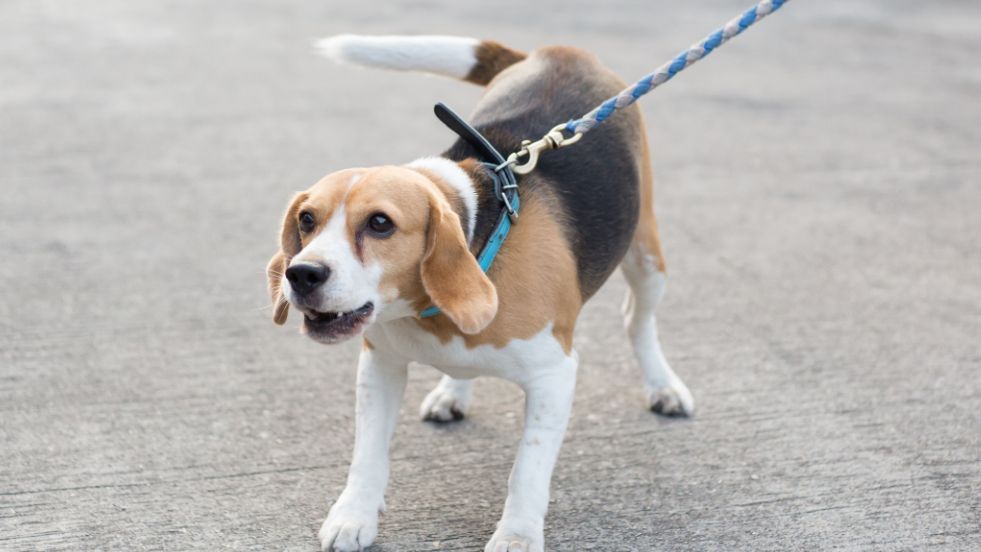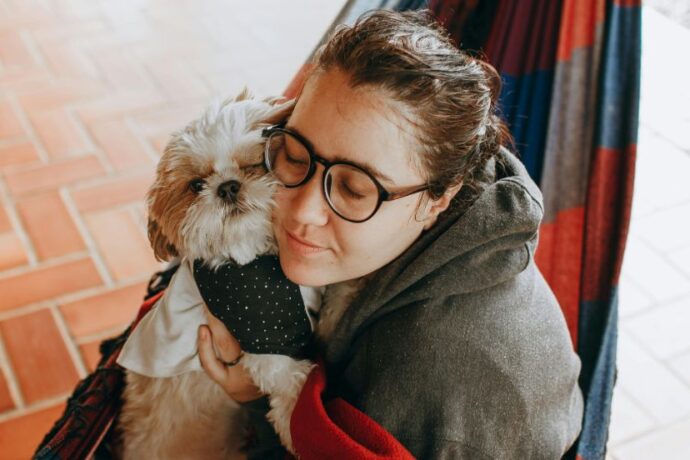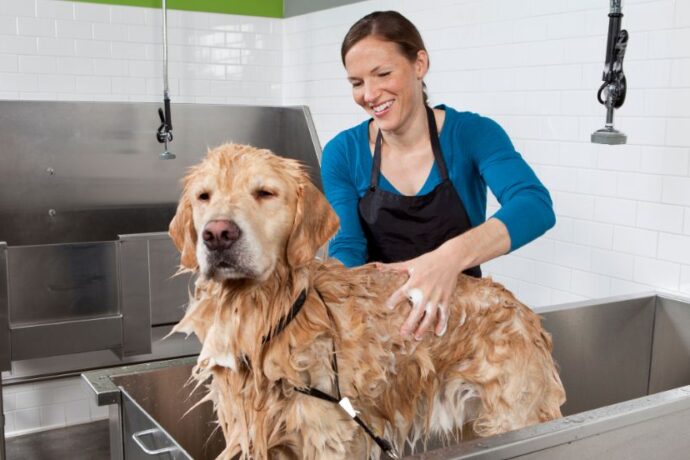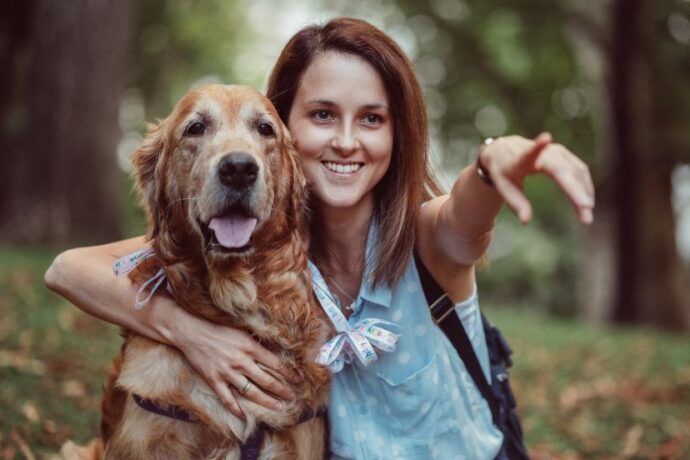Taking your dog for a walk should be an enjoyable bonding experience, but for many owners, it feels more like a workout. If your pup constantly pulls, lunges, or drags you down the street, you’re not alone — leash pulling is one of the most common challenges dog owners face.
The good news? With the right techniques and understanding of your dog’s instincts, you can teach your pup to walk calmly by your side. In this guide, we’ll explore 10 proven tips to stop leash pulling, backed by expert advice and insights from canine behavior studies, so every walk becomes stress-free and enjoyable for both you and your furry friend.
10 Expert Tips to Stop Your Dog from Pulling on the Leash
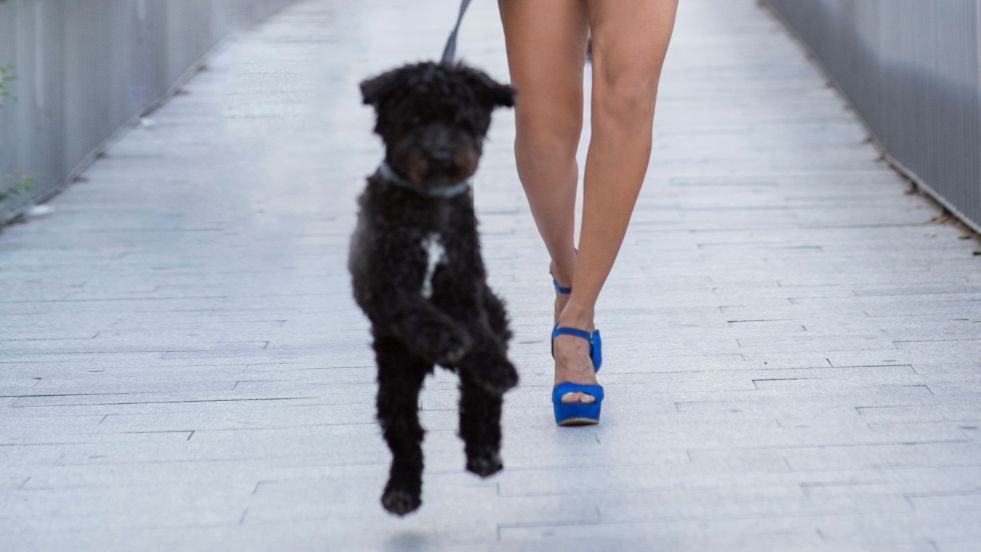
1. Choose the Right Equipment
Before you start training, ensure you’re using the right walking gear.
- Best options: A front-clip harness or a head halter can discourage pulling without causing discomfort.
- Avoid choke chains: These can cause injury and increase anxiety.
- Science insight: Research from the Journal of Veterinary Behavior suggests that using positive, force-free tools improves leash manners and strengthens the human-dog bond (1).
2. Teach the “Stop-and-Go” Technique
Dogs pull because it works — they move forward faster. The key is to remove the reward.
- How it works:
- The moment your dog pulls, stop walking.
- Wait until the leash slackens, then move forward again.
- Consistency teaches them that pulling doesn’t get them where they want to go.
3. Reward Loose-Leash Walking
Positive reinforcement is one of the most effective dog training methods.
- How to do it:
- Keep treats handy during walks.
- Whenever your dog walks calmly beside you, reward them with a treat and praise.
- Science Insight: Studies show that dogs trained with rewards learn up to 3 times faster than those trained with punishment-based methods (2).
4. Start Training Indoors First
If your dog gets overly excited outside, start leash training in a calm, distraction-free environment.
- Why it works: Training indoors helps your dog focus and understand the basics before adding outdoor distractions.
- Expert tip: Practice short walks in hallways or your backyard until your dog reliably follows cues.
5. Use Direction Changes to Redirect Attention
If your dog constantly surges ahead, changing direction can help refocus their energy.
- How to do it:
- As soon as they start pulling, turn around and walk the opposite way.
- Praise them when they follow without tension.
- Result: Your dog learns to pay attention to you rather than dragging you forward.
6. Tire Them Out Before Walks
Excitable dogs often pull because they have too much energy.
- Hack: Play fetch, tug-of-war, or indoor games before your walk.
- Science insight: According to the Journal of Applied Animal Behaviour Science, dogs are calmer and easier to train after brief bursts of exercise (3).
7. Master the “Heel” Command
Teaching your dog to walk in a designated spot beside you can significantly reduce pulling.
- Training steps:
- Hold treats at your thigh.
- Say “heel” and take a step forward.
- Reward when your dog walks by your side without pulling.
- Expert Tip: Keep training sessions short and positive to avoid frustration.
8. Avoid Rewarding Pulling Without Realizing It
Sometimes, we unintentionally encourage leash pulling.
- Example: If your dog drags you toward another dog, a tree, or a smell, and you allow it, they learn pulling works.
- Solution: Only move forward when your dog is calm and the leash is loose.
9. Use High-Value Treats for Distractions
Outdoor environments are full of smells, sounds, and other dogs — making it hard for your pup to focus.
Hack: Use extra tasty, high-value treats like chicken or cheese during walks to hold their attention.
Expert Tip: Save these “special treats” exclusively for leash training to make them more motivating.
10. Be Patient and Consistent
Leash training isn’t instant — it requires repetition, patience, and positivity.
- Expert advice:
- Keep sessions short to avoid overwhelming your dog.
- Practice daily, even if just for a few minutes.
- Celebrate small wins, like a few steps of calm walking.
- Science Insight: Consistency is key to long-term behavior change, according to canine learning studies.
Frequently Asked Questions (FAQ’s)
1. How long does it take to train a dog to stop pulling?
A. It varies based on age, breed, and consistency. Some dogs improve in a few weeks, while others may take a couple of months. Daily practice is essential.
2. Are no-pull harnesses safe for my dog?
A. Yes, if used correctly. Front-clip harnesses guide your dog’s movement without causing pain. Avoid choke chains or prong collars, as they can cause injury.
3. What if my dog only pulls when they see other dogs?
A. This may indicate excitement or reactivity. Use high-value treats to redirect focus, increase distance from triggers, and practice calm walking in low-distraction areas first.
Conclusion:
Teaching your dog not to pull on the leash isn’t just about making walks easier — it’s about improving communication, safety, and trust between you and your pup. With patience, consistency, and positive reinforcement, you can turn daily walks from a battle into a bonding experience.
Remember: every dog learns at their own pace. Celebrate progress, stay consistent, and soon, you’ll both look forward to relaxed, enjoyable strolls.
References:

